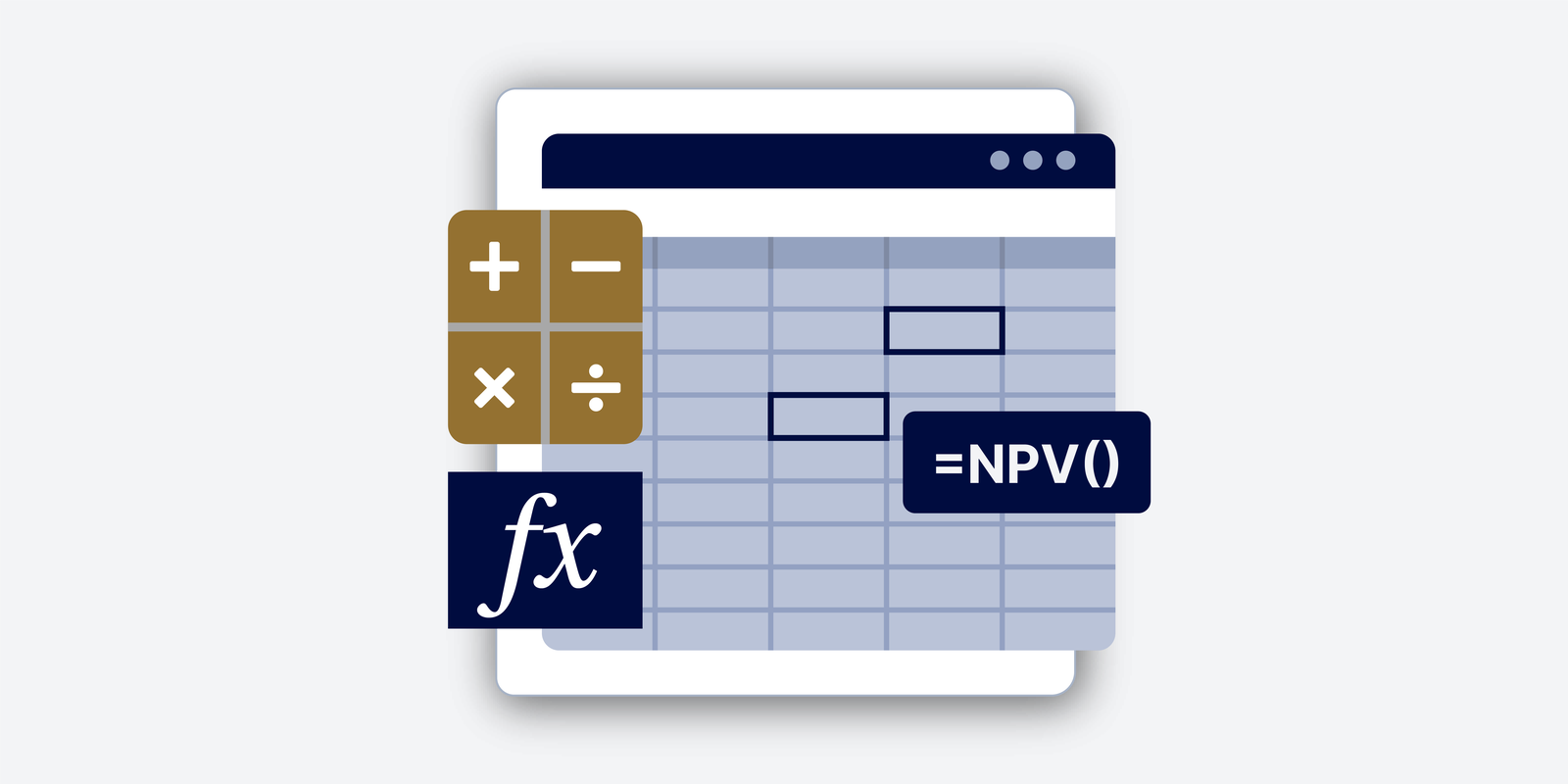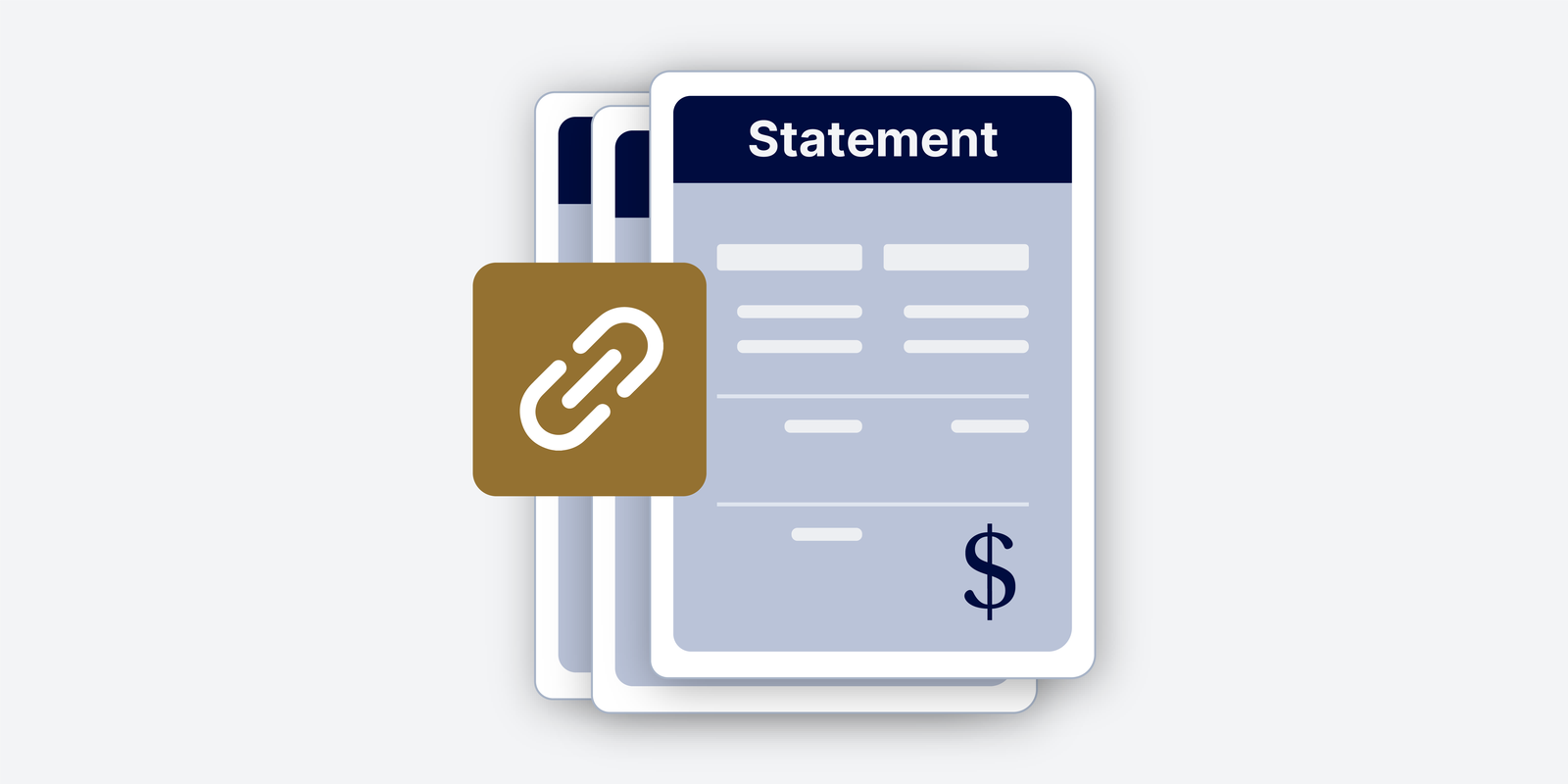Advance Your Career with Industry-Leading Corporate Finance Training
CFI’s corporate finance courses equip you with job-ready skills in financial modeling, corporate strategy, and investment banking. Learn practical, real-world applications that help you confidently make strategic, data-driven decisions.
Designed for finance professionals at every stage, our courses on finance cover:
- Valuation techniques & financial modeling
- Capital structure & corporate finance strategy
- Mergers & acquisitions (M&A) strategy
- Risk assessment & FP&A best practices
Expert-Led, Self-Paced Training for Busy Professionals
Industry experts lead our finance certification programs with hands-on experience in corporate finance, private equity, and investment banking. Through case studies, financial models, and interactive exercises, you’ll develop the analytical and strategic skills that employers demand.
With a 100% online, self-paced format, you can enroll in a finance course on your schedule and immediately apply new skills to your career.
Master Corporate Finance with Practical, Job-Ready Training
CFI’s online finance courses go beyond theory—helping finance analysts, corporate executives, and aspiring CFOs develop the expertise needed to assess financial implications, improve decision-making, and drive business growth.
- Earn industry-recognized certifications
- Gain hands-on experience with financial models
- Advance your finance career with flexible, self-paced learning
Start learning today and take the next step in your corporate finance career.





